Late Graffiti-ist Martin Wong Strikes Again
Supreme’s collab with the KAWS-approved artist Martin Wong goes beyond skating subculture.

Committed as he was to rocking westernwear and facial hair, the late artist Martin Wong left lasting impressions regardless of flamboyant self-presentation. While Wong passed away just over 20 years ago at 53, his work, produced largely in the ’80s and ’90s on the Lower East Side, remains a touchstone of representation-in-practice; a gay, first-generation Chinese-Mexican American who eventually succumbed to AIDS-related illness, Wong presides in various dimensions of self-identity, his art reflecting layered spectra of otherness and desire.
While often called “graffiti art,” Wong’s work is unlike stereotypical graffiti writing in its freedom from haste or inscrutability, rather marked by weathered urban surfaces and recognizable, city-dwelling figures. Firefighters in uniform were objects of particular fascination to Wong, as were shirtless skateboarders. Besides factoring into his work, the latter subculture was also part of Wong’s daily life as an East Side denizen.
Since his death, Wong’s cultural standing has only strengthened, with fashion’s now-everywhere representations of subculture, and especially that of skaters, re-casting him as a kind of street-style messiah. Wong’s resonance can be seen in the enduring popularity of his art (his estate’s gallery, PPOW, has him in their Frieze London booth, up now), as well recent posthumous collaborations. For its Fall/Winter collection, Supreme sampled a variety of signature Wong prints, facilitated by PPOW as well as the celebrity graffiti artist KAWS, one of Wong’s major collectors. The periodic drops, ranging from leather jackets to t-shirts, are all emblazoned with Wong’s tenacious originality.
Here PPOW’s Wendy Olsoff, longtime maintainer of Wong’s visual legacy, discusses how she—and KAWS—saw through the Supreme x Martin Wong collab. Shop the latest drop here.
VMAN How did the Martin Wong x Supreme collaboration come about?
Wendy Olsoff About a year ago the artist KAWS, who is a collector and friend of PPOW, asked if the Wong Estate would be interested in collaborating with Supreme on a collection of apparel and skateboards. At first unsure, we spoke with the Wong estate and with Chris “Daze” Ellis and Crash, graffiti artists who were very close with Martin. Martin was closely connected to the original graffiti artists of the 1980s as both a friend and a collector and many of these artists appear in Wong’s work. (Martin’s collection of graffiti is one of the largest in the world.)
VMAN What drew Brian Donnelly, aka KAWS, to Martin’s work in the first place?
WO KAWS, of course a graffiti artist himself, originally came into contact with PPOW and Wong in the early 1990s; he would come into our Soho space to look at Wong’s paintings. Both the Wong estate and his friends unanimously agreed that Martin would have been thrilled by this collaboration.
VMAN How did you meet Martin in the first place? What distinguishes his work from other graffiti artists of his generation?
WO We met Martin in the early 1980s, and began officially working with him in the early 1990s. From the beginning, he was seen as an important artist in the LES community. His magical, idiosyncratic paintings focused primarily on the Lower East Side, where he lived and exists today as documents of a place and time that has since vanished. His work connects not only to artistic communities but to lower east side families, the gay community, graffiti writers and artists, the deaf, the incarcerated, poets and astrologists.
VMAN What do you want people who are discovering Martin through this collaboration to know about him?
WO Since Wong’s death in 1999 he has been collected by many major museums. However, he is still not broadly known. We hope the collaboration with Supreme will bring the attention of younger generations, who might not be going to galleries, museums or art fairs, to Martin Wong’s life and work. He painted youth cultures and communities that lived outside the confines of the “art world,” and we hope this collaboration allows Martin to touch broader communities.
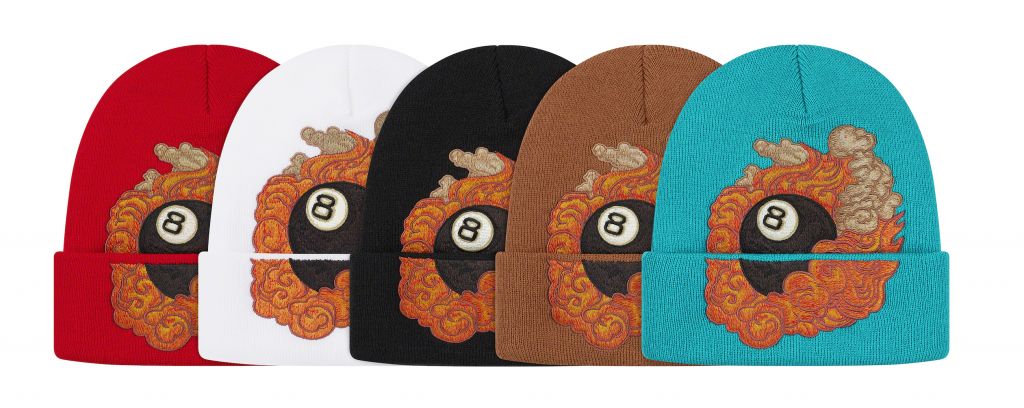
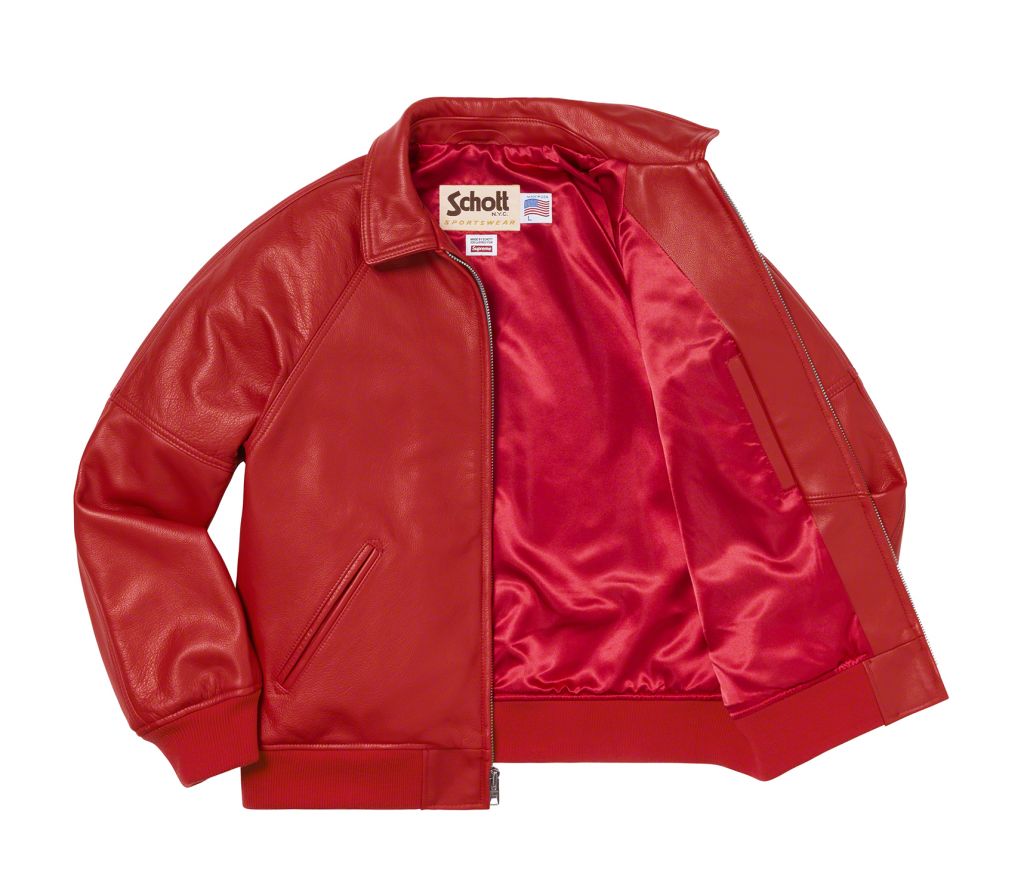
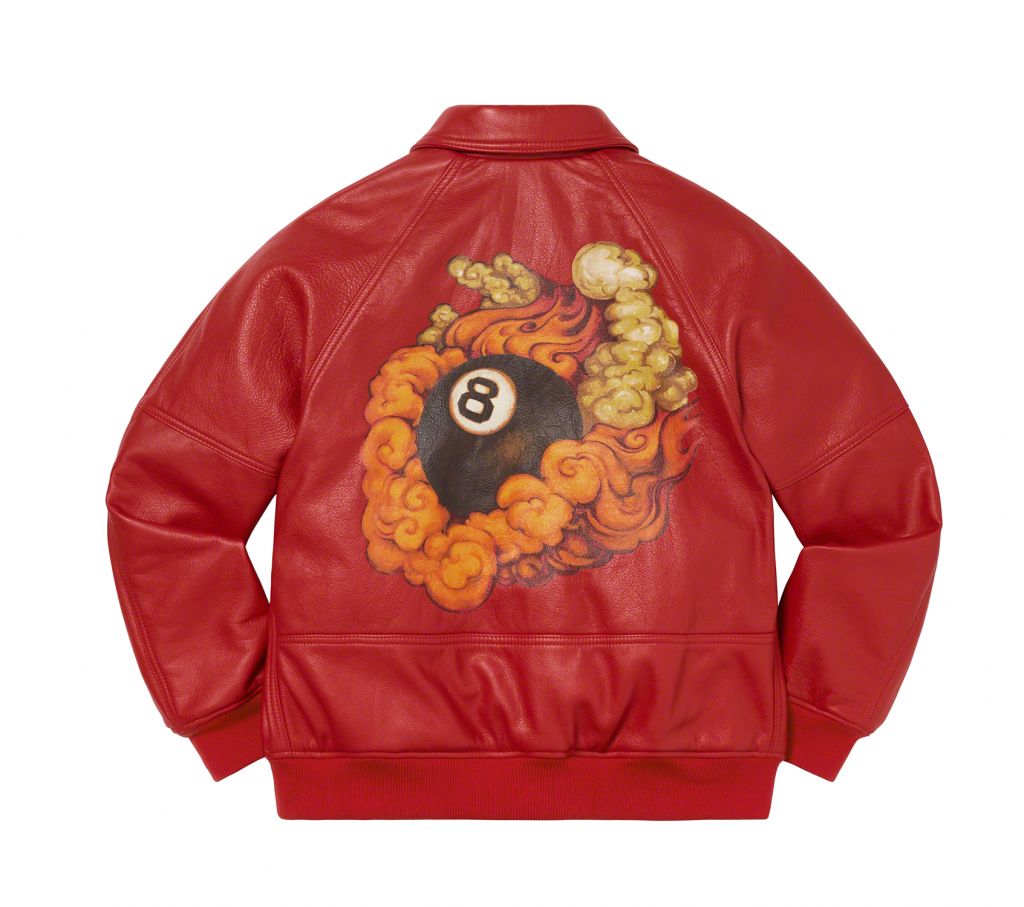
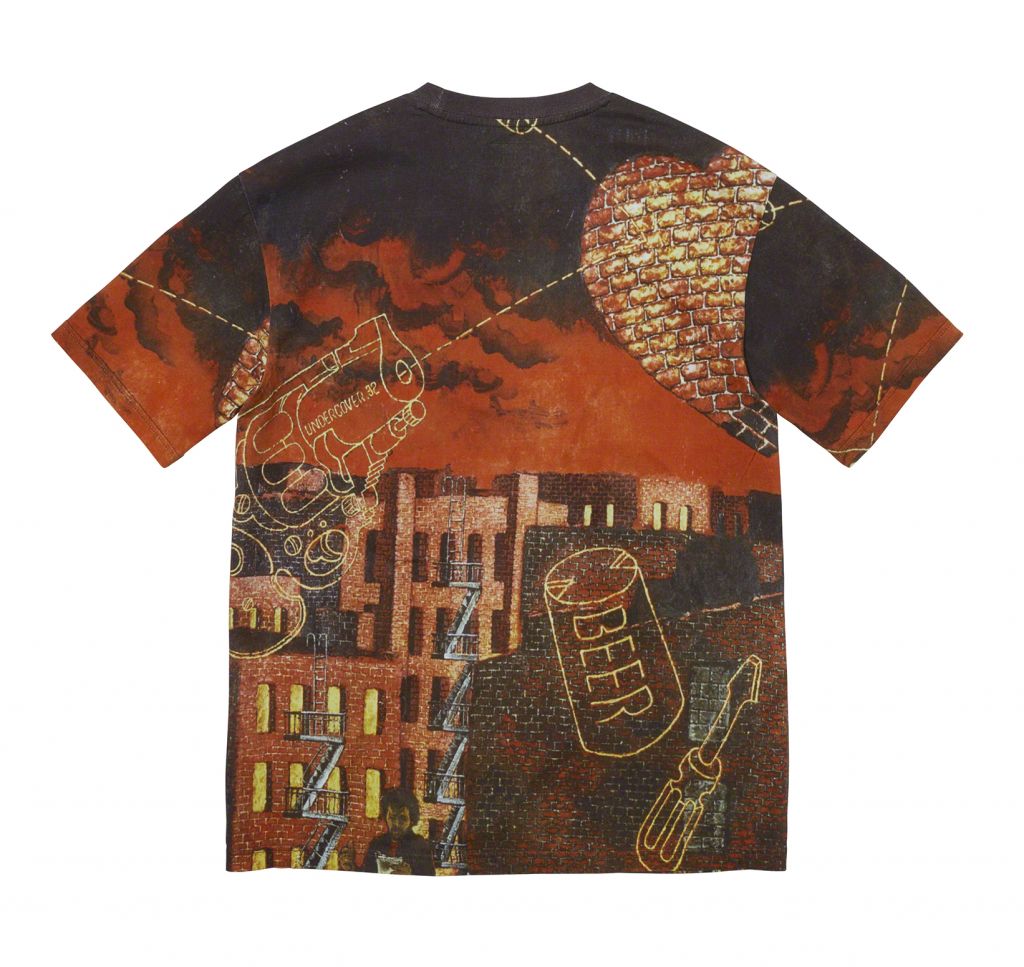
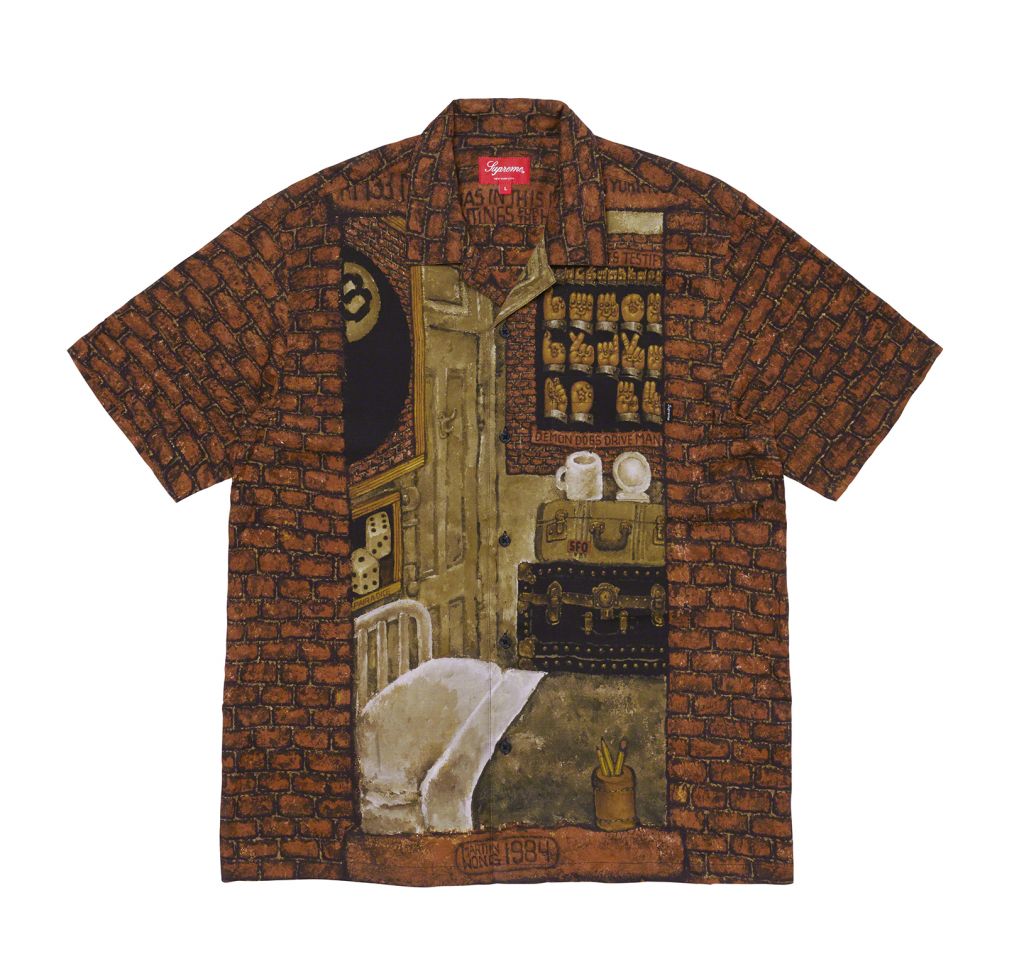
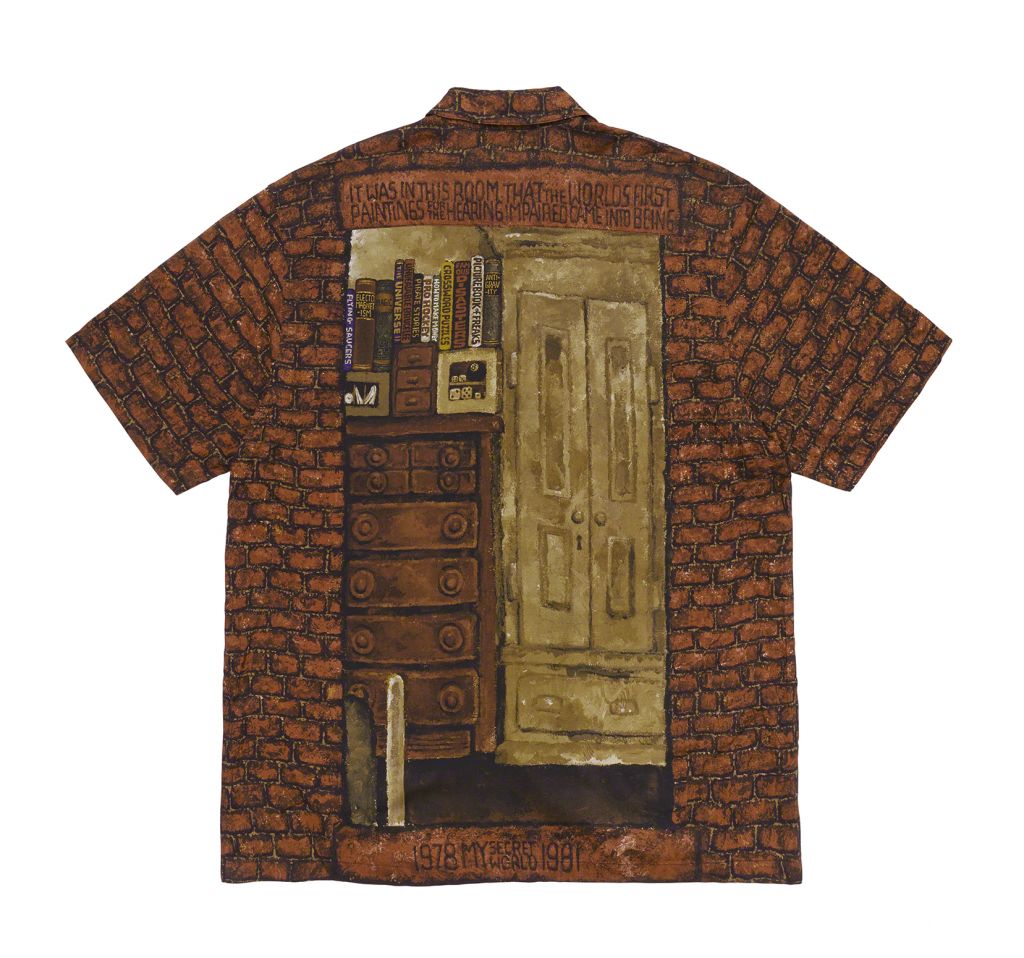
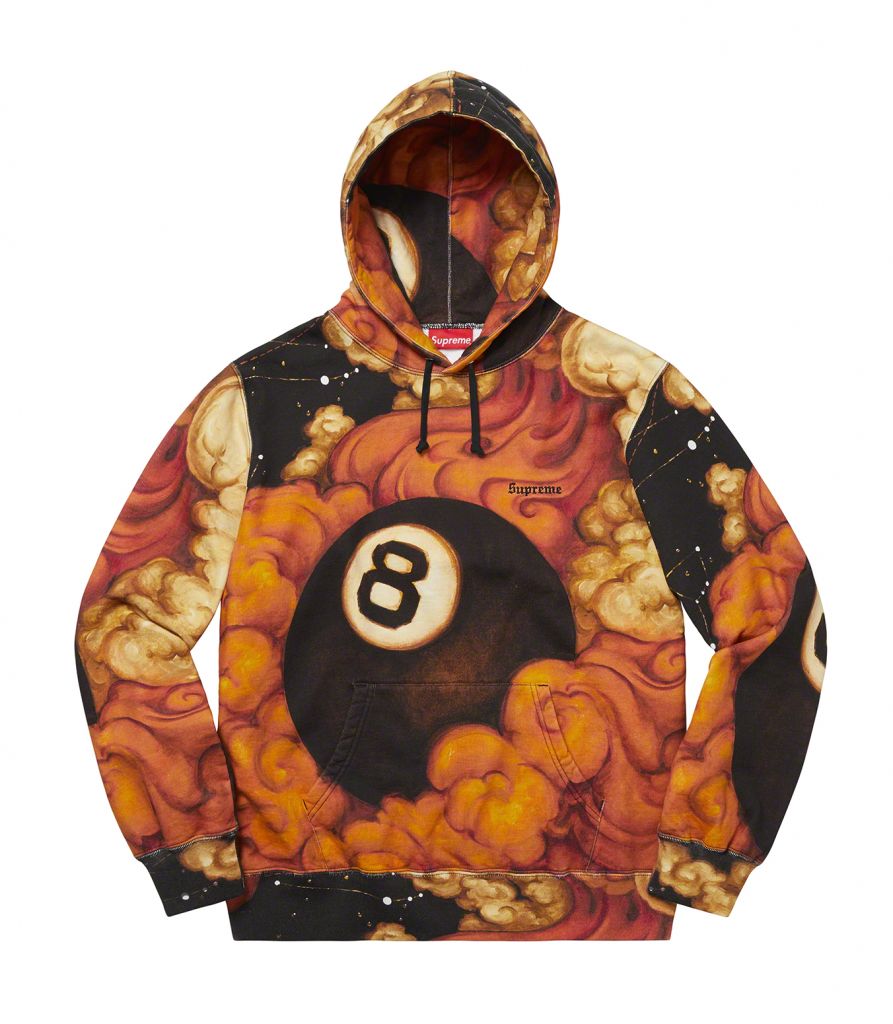
Discover More
